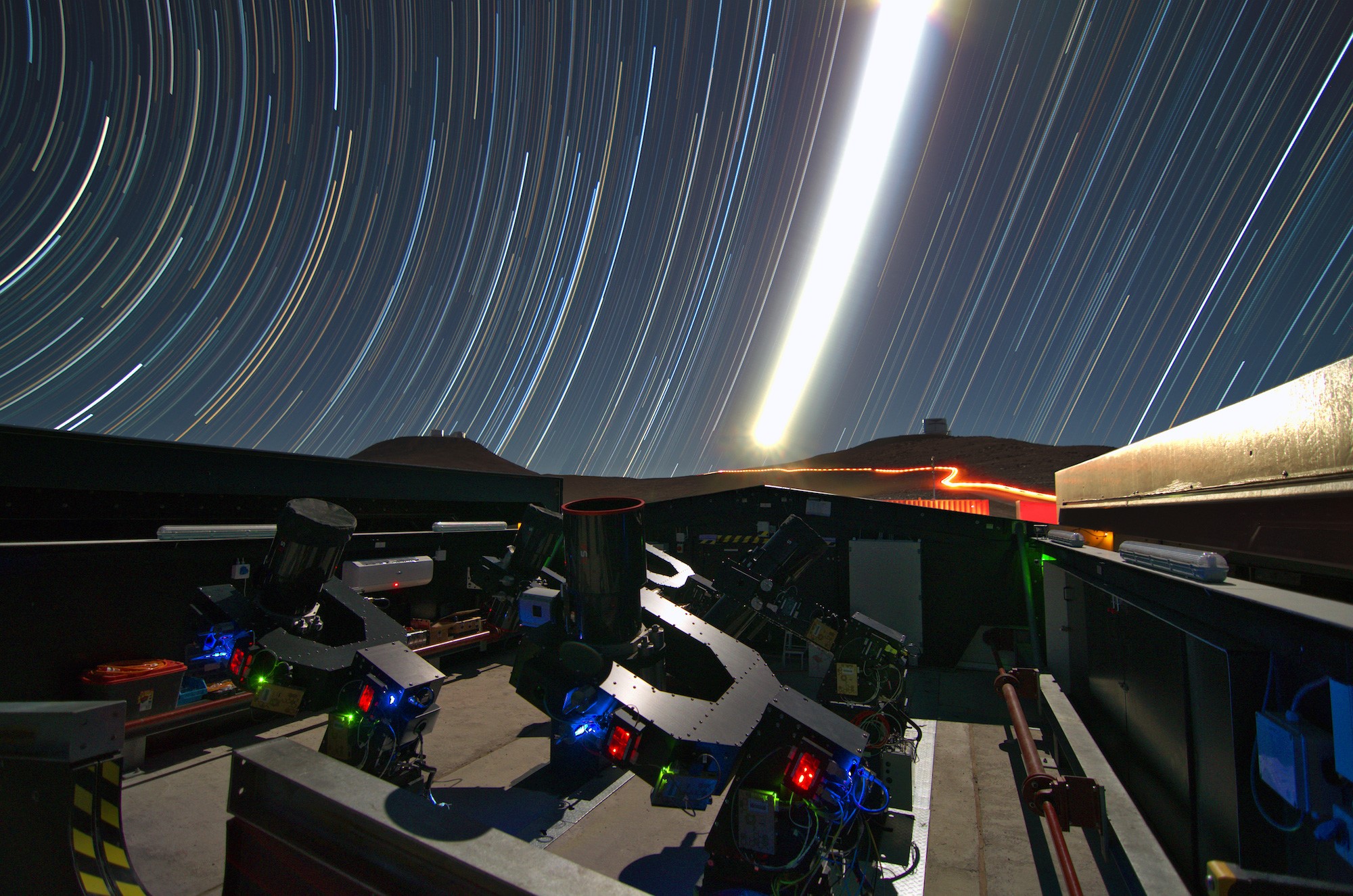Astronomers Spot 'Forbidden Planet' in Neptunian Desert

Astronomers have used a desert-based observatory to identify an exoplanet that falls in the middle of what scientists had dubbed the Neptunian Desert.
That term refers to a phenomenon that astronomers had noticed by which there seemed to be an absence of Neptune-size planets that orbit their star in less than four days. The newly discovered planet is formally known as NGTS-4b but nicknamed "The Forbidden Planet" for its supposed implausibility.
"This planet must be tough — it is right in the zone where we expected Neptune-sized planets could not survive," lead author Richard West, an astronomer at the University of Warwick in the U.K., said in a statement. "It is truly remarkable that we found a transiting planet via a star dimming by less than 0.2% — this has never been done before by telescopes on the ground."
Related: The Most Fascinating Exoplanets Found Last Year
The "Forbidden Planet" orbits a star called NGTS-4, which is located about 920 light-years away from Earth. The planet seems to circle its star once every 1.3 Earth-days, and it is about 20 times the mass and 3 times the radius of Earth. It also seems to retain an atmosphere, which particularly surprised the researchers, since at such a close distance to its star it would be difficult for the planet to cling to gas.
The researchers believe that the planet may exist despite its location because it formed elsewhere and migrated into the Neptunian Desert zone within the last million years or so. It could also have been born much larger and be gradually losing material.
The planet was first spotted in data gathered by the Next-Generation Transit Survey telescope, located in the mountains of the Atacama Desert of Chile. The team used a range of other telescopes to conduct follow-up observations that made them more confident in the detection and characterization of NGTS-4b.
Breaking space news, the latest updates on rocket launches, skywatching events and more!
And they hope to build on the new research to find the "Forbidden Planet" some company. "We are now scouring out data to see if we can see any more planets in the Neptune Desert," West said in the statement. "Perhaps the desert is greener than was once thought."
The research is described in a paper published April 20 in the journal the Monthly Notices of the Royal Astronomical Society.
- Sweet Super-Puffs: These 2 Exoplanets Have the Density of Cotton Candy
- Exoplanet Hunters Have a New Plan to Spot Hidden 'Migrating' Worlds
- The Strangest Alien Planets (Gallery)
Email Meghan Bartels at mbartels@space.com or follow her @meghanbartels. Follow us on Twitter @Spacedotcom and on Facebook.

Meghan is a senior writer at Space.com and has more than five years' experience as a science journalist based in New York City. She joined Space.com in July 2018, with previous writing published in outlets including Newsweek and Audubon. Meghan earned an MA in science journalism from New York University and a BA in classics from Georgetown University, and in her free time she enjoys reading and visiting museums. Follow her on Twitter at @meghanbartels.

